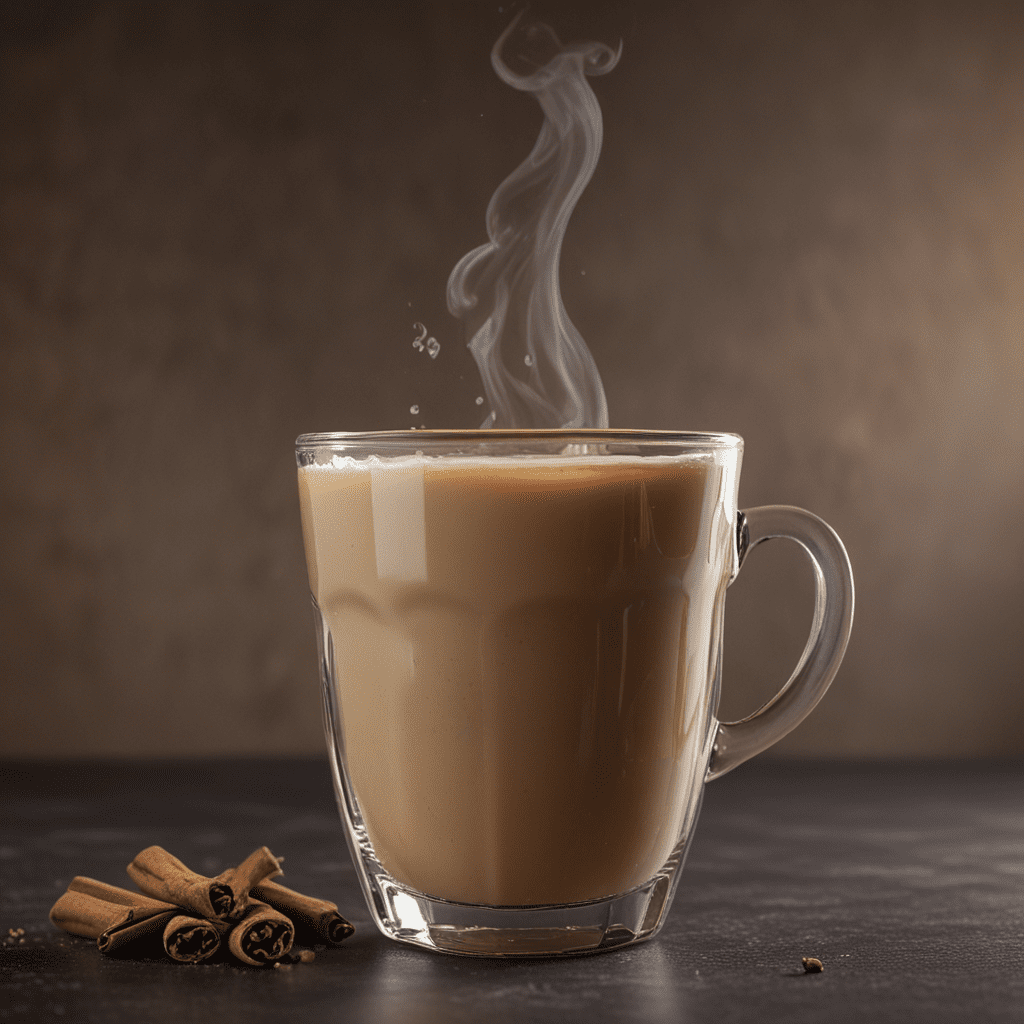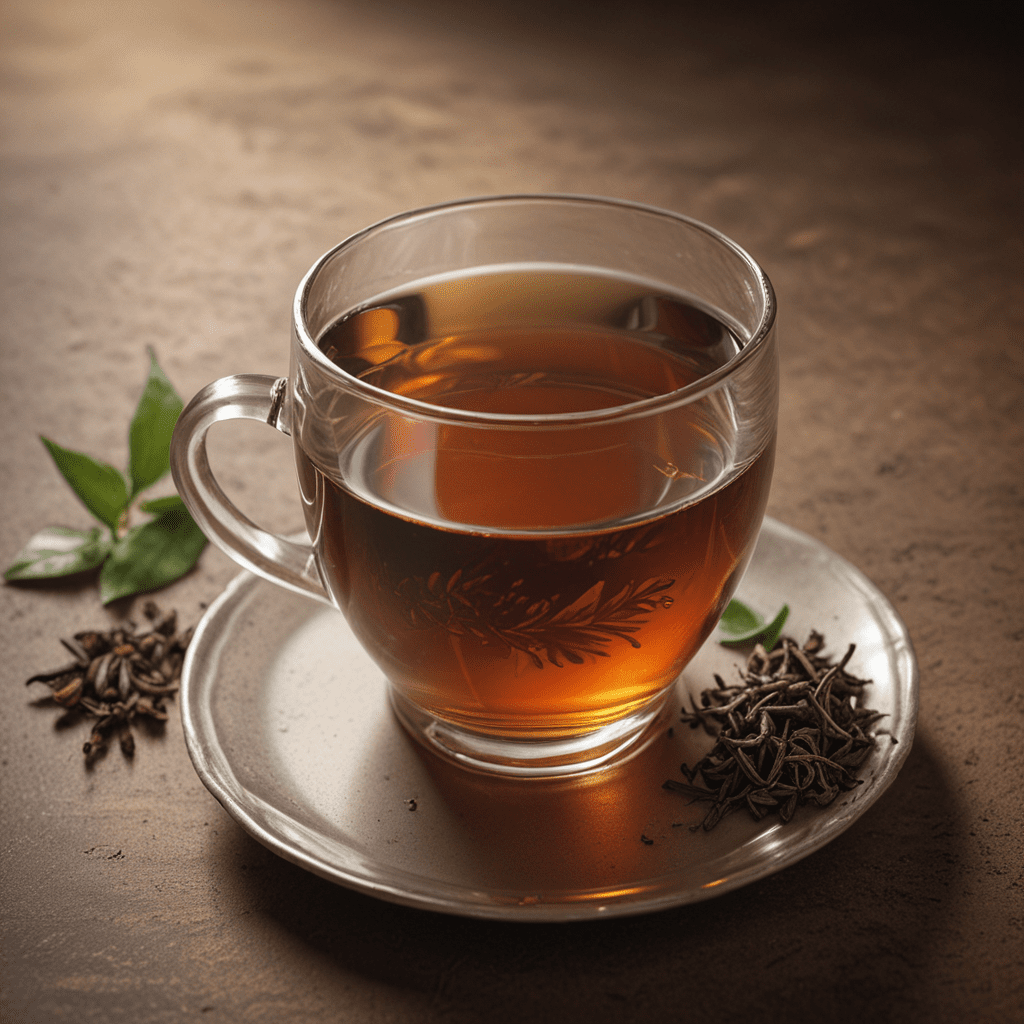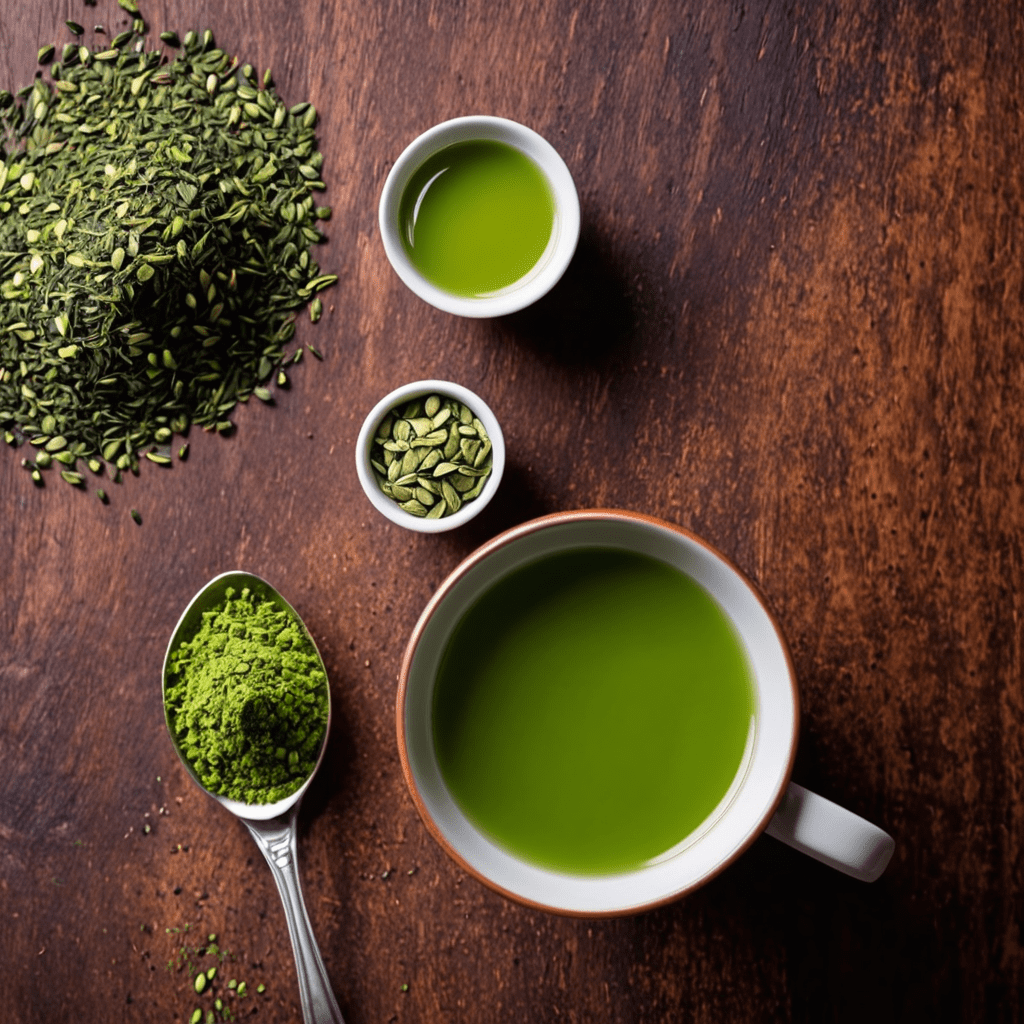Historical Origins and Cultural Significance
Chai tea, a beloved beverage steeped in tradition, has its roots in the ancient Indian subcontinent. Originating as a medicinal drink, it evolved into a staple of Indian culture, deeply intertwined with social gatherings and religious ceremonies. Over centuries, chai embarked on a global journey, captivating taste buds and becoming a symbol of warmth and comfort worldwide.
The Spice Journey: From Asia to the West
The distinctive flavor of chai tea stems from a symphony of aromatic spices. Cardamom, cinnamon, ginger, cloves, and black pepper are the quintessential ingredients, each contributing a unique sensory experience. These spices, originating from various parts of Asia, were brought together by traders and explorers, creating a harmonious blend that has stood the test of time.
The Alchemy of Chai: Ingredients and Proportions
The perfect cup of chai tea is an alchemy of ingredients and proportions. Black tea forms the base, providing a robust foundation for the spices. Milk, traditionally buffalo milk in India, adds a creamy richness and mellows the intensity of the spices. Sugar or honey balances the bitterness of the tea and spices, creating a delightful sweetness. The exact proportions of each ingredient vary depending on personal tastes and regional variations.
Brewing Methods: Traditional and Modern
Traditional chai brewing involves simmering the spices in milk and water, then adding black tea leaves. This method allows the spices to fully infuse, releasing their aromatic oils and creating a rich, flavorful brew. Modern variations include using a tea infuser or tea bags for convenience, while some prefer a cold brew method for a smoother, less intense flavor profile.
Variations Across Cultures: Regional Adaptations
As chai tea spread across the globe, it underwent regional adaptations, reflecting local tastes and traditions. In Tibet, yak butter is added to create a hearty and warming drink. In Kashmir, a green tea base is used, resulting in a lighter and more refreshing beverage. Pakistani chai often includes cardamom and almonds, adding a nutty flavor dimension. These variations showcase the adaptability and versatility of chai tea, while preserving its essence.
Health Benefits: A Cup of Wellness
Beyond its delightful taste, chai tea offers a myriad of health benefits. The spices used in chai are renowned for their antioxidant and anti-inflammatory properties. Cardamom supports digestion and aids in reducing nausea. Ginger has been traditionally used to alleviate cold and flu symptoms, while cinnamon may help regulate blood sugar levels. Black tea, the base of chai, contains beneficial compounds like theaflavins and thearubigins, which have been linked to improved heart health and reduced cancer risk.
Chai in Literature and Art: Inspiration and Expression
Chai tea has captured the imagination of artists and writers alike. In literature, it evokes a sense of warmth, comfort, and nostalgia. From the pages of Indian epics to contemporary novels, chai is often depicted as a catalyst for conversations, a symbol of hospitality, and a source of inspiration. In art, chai-inspired imagery often reflects its cultural significance and the vibrant colors and textures of the ingredients used in its preparation.
The Chai Experience: A Sensory Journey
The consumption of chai tea is a multisensory experience. The aroma of spices fills the air, inviting you to indulge in its warmth and comfort. The taste is a harmonious blend of sweetness, bitterness, and spice, awakening the palate with each sip. The creamy texture of milk adds a velvety smoothness, while the slight astringency of black tea provides a refreshing contrast. Chai tea engages all the senses, creating a truly immersive experience.
Pairing Chai with Food: Culinary Accompaniments
Chai tea pairs exceptionally well with a variety of foods. Its robust flavor complements sweet and savory dishes alike. Traditional Indian accompaniments include pakoras, samosas, and jalebis. Chai also pairs well with biscuits, cookies, and pastries, providing a perfect balance of flavors and textures. In some cultures, chai is enjoyed as an accompaniment to breakfast or afternoon tea, while in others, it is savored as a standalone beverage.
Chai Tea: A Timeless Legacy
Chai tea has stood the test of time, transcending cultural boundaries and becoming a beloved beverage worldwide. Its origins in ancient India, its global journey, and its enduring popularity are a testament to its timeless appeal. Whether enjoyed as a comforting drink, a source of inspiration, or a culinary accompaniment, chai tea continues to captivate hearts and taste buds, leaving an indelible mark on the world of tea culture.
FAQ
What is the difference between chai tea and regular tea?
Chai tea is a blend of black tea with aromatic spices, while regular tea is simply brewed from tea leaves.
Is chai tea caffeinated?
Yes, chai tea contains caffeine due to the presence of black tea.
How do I make chai tea at home?
Bring water and milk to a simmer, add spices, and steep for 5-10 minutes. Strain and add black tea leaves, steeping for an additional 3-5 minutes. Sweeten to taste.
What are the health benefits of chai tea?
Chai tea contains antioxidants, anti-inflammatory compounds, and may support digestion and reduce nausea.
How do I store chai tea?
Store chai tea in an airtight container in a cool, dark place for up to 6 months.


